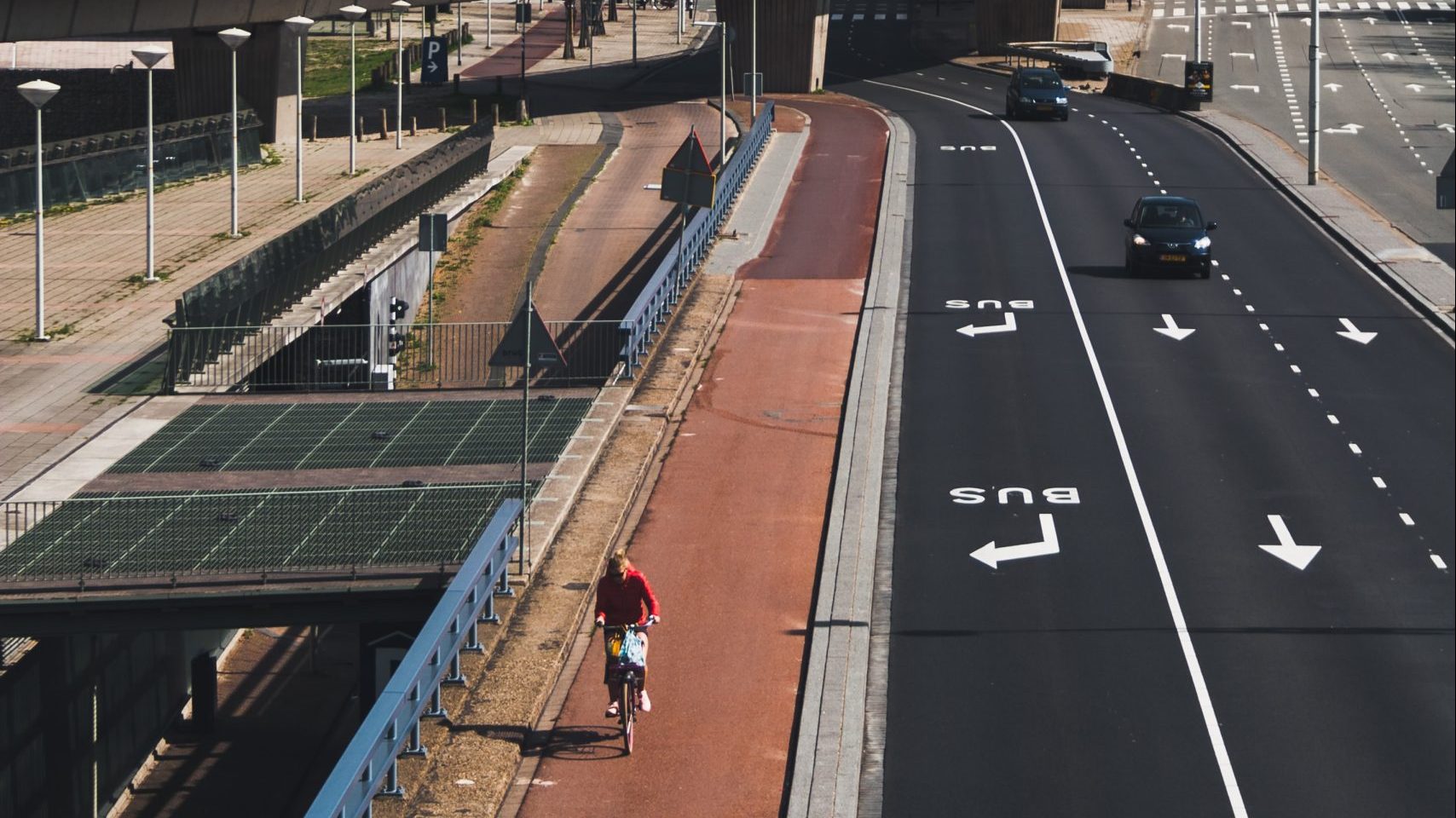
Transit-oriented development
Funding and Financing

Case Studies
Summary
Transport is a major contributor to the urban heat island effect. Transit-oriented development (TOD) reduces reliance on cars and promotes dense, mixed-use areas that are accessible by public transit, walkable, and bikeable. Governments often face barriers to TOD related to regulatory hurdles and market limitations. Offering TOD-supportive incentives and financing can help move projects forward.
Implementation
Establish grant programs for TOD projects to subsidize funding gaps.
Considerations for Use
Common barriers in TOD projects are City land use regulations like single-use zoning, low maximum-density regulations, and high minimum-parking ratios. Coordination with other City departments and private developers who have interests in TOD will be necessary to address these obstacles. Although infill densification contributes to urban heat islands, it is a favorable land use policy when it comes to heat because it helps reduce auto-dependency and development of greenfield sites.
Overview
Climate:
Cold, Hot/Dry, Hot/Humid, TemperatePolicy Levers:
Funding and FinancingThe allocation of public or philanthropic funding or private financing to implement projects, including risk transfer mechanisms.Trigger Points:
City planning processesIncludes city initiatives such as the development of climate action plan, pathway to zero-energy, master plan, transit plan, energy mapping etc.Introducing new or updated zoning/codesIncludes codes, zoning requirements or by-laws pertaining to urban planning and building construction activity.Planned new developmentIncludes Greenfield or brownfield development or new constructionIntervention Types:
Planning/PolicySectors:
Buildings, City Administration, Economic Development, Transportation
Case Studies
Impact
Target Beneficiaries:
Heat-vulnerable communities, Property owners, ResidentsPhase of Impact:
Risk reduction and mitigationMetrics:
Change in transit ridership, Number of new transit stations or distance of new transit infrastructure constructed
Implementation
Intervention Scale:
City, NeighborhoodAuthority and Governance:
City government, State/provincial governmentImplementation Timeline:
Long-term (10+ Years)Implementation Stakeholders:
City government, Private developersFunding Sources:
Private investment, Public investmentCapacity to Act:
HighBenefits
Cost-Benefit:
HighPublic Good:
HighGHG Reduction:
MediumCo-benefits (Climate/Environmental):
Reduce air and water pollution, Reduce greenhouse gas emissionsCo-benefits (Social/Economic):
Build social cohesion, Create jobs, Improve human health, Improve the public realm, Increase property values
